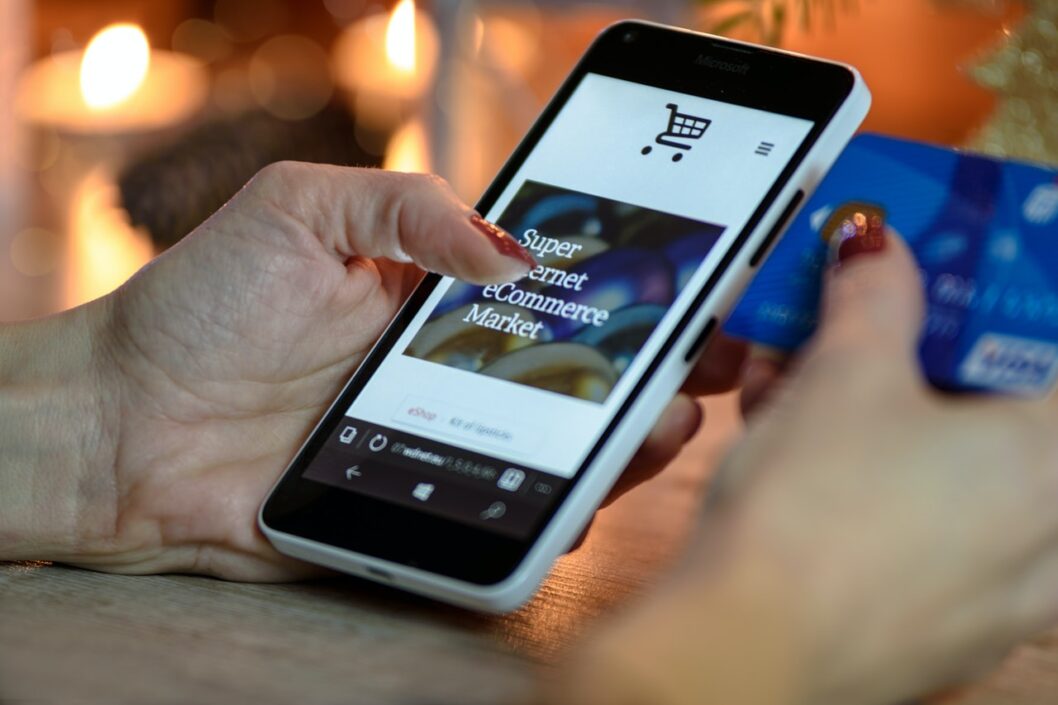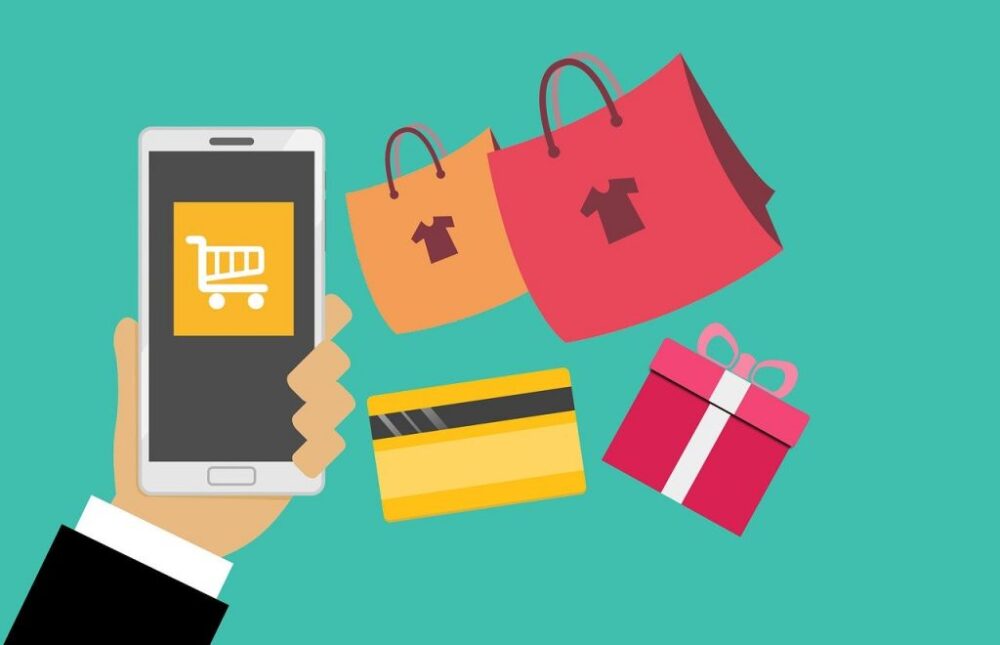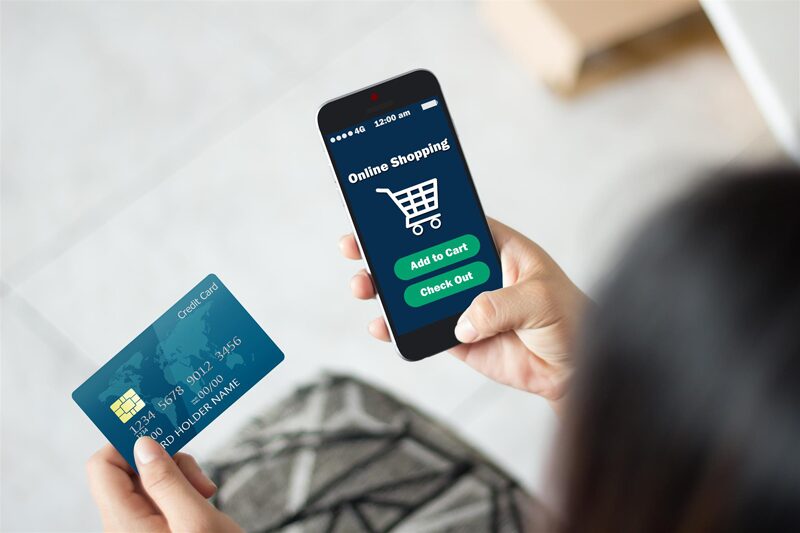Retailers have long thought of their business model in terms of how it serves customers. They look at consumers who are shopping with them online and build a bespoke website experience, and they hone their in-store offering for those clients who are likely to visit in person. Some businesses may even adopt a more complicated ‘multichannel’ or ‘omnichannel’ approach – yet it’s becoming increasingly clear that these jargon-filled business strategies are not fit for purpose.
A study carried out by marketing consultancy firm Numerator found that the majority of their respondents preferred to shop in-store. The same study showed that 80% of those respondents would also compare prices online before making a purchase, whether in-store or not. This data goes straight to the heart of the ‘channel-less shopper’s’ mindset and confirms that retailers need to adapt their model to maintain relevance in the modern shopping environment. Online and in-store shopping channels may be in competition, but they also need to work together.
Retail has broken beyond the confines of channels, and businesses have a lot of catching up to do.
What is a ‘channel-less’ shopper?

Source: shannonspringshotel.com
The ‘channel-less shopper’ is a consumer-like any other, who simply wants the best possible shopping experience and doesn’t think within the confines of sales channels. They check prices online, they spend time looking at physical goods in-store, and they don’t really care what you call your business model – provided that it works for them.
Retailers understand what sales channels are – after all, how and where they sell their wares is pretty much their foremost business consideration. There are in-store sales that support the case for a physical retail footprint, online purchases that champion the eCommerce cause, and there are those that fall somewhere in the middle – such as in-store click and collect orders.
What many retailers are struggling to come to terms with, however, is the end of the sales channel approach to business. No longer is it feasible to create segmented shopping experiences, and modern customers require a more holistic service that encompasses all sales channels as a single cohesive unit with various strands serving different purposes.
How does channel-less shopping work?

Source: pexels.com
In truth, channel-less shopping is quite straightforward. It involves taking the necessary steps to meet the needs of consumers, whether they fit within the infrastructure and hierarchy of the channel system or not.
To give an example, 2018 figures from BRP Consulting showed that 73% of consumers wanted order tracking across all touchpoints – yet only 7% of retailers offered that service. Further investigation showed that many respondent retailers were investing time and money into improving their customer experience across the board, but they were doing so by bettering touch points individually rather than collectively.
The aim of channel-less shopping is to unite all touchpoints and business elements to create an interconnected experience that serves the needs of consumers more effectively. In practice, this means making sure that your brand’s mobile app works, and that it communicates tracking information to your customers. It’s the practice of personalising the shopping experience so that in-store retail associates have the preferences that a consumer has expressed whilst browsing the company’s eCommerce website.
Put simply, channel-less shopping is the practice of making a consumer’s retail experience as enjoyable and effortless as possible.
How to move towards a channel-less shopping model
The channel-less shopping theory can ultimately be boiled down into four key concepts. Ideally, all four should apply across each and every aspect of the customer journey. These are:
1. Relevancy
There is no room for a one-size-fits-all approach in the modern shopping environment. In a world where data changes hands quite freely, customers expect brands to be attuned to their wants and needs. They reward those businesses that manage this with their custom, and will be less inclined to shop with those who get it wrong.
Looking at location, language, trends and demographics, businesses should endeavour to serve their customers with an experience that interfaces with what matters to them in life. To give a simplified example, many larger retailers attempt to push the opening of store credit cards with all purchases. For people who are buying small-ticket items, this is likely to be an irrelevant intrusion into what could otherwise have been a stellar shopping experience.Use the data, think contextually, and abandon the thought that your customers are one and the same.
2. Personalisation

Source: wizzy.ai
The importance of personalisation cannot be underestimated, especially for in-store only retailers. Since eCommerce stores benefit from cookies and other such internet data that allow them to project personalised product recommendations to shoppers, the physical shopping experience can be seen as lacking.
To bridge this gap, it’s essential for businesses to draw on the skills of their front of house staff. If you empower your employees to really give winning customer service to shoppers, you stand a better chance of getting to know them and therein providing a bespoke experience. This will build brand loyalty, and help you to build out your customer experience with relevant additions that your clients actually want.
3. Transparency
Transparency is simple in theory, but harder to implement in practice. This is the need for good communications throughout the entire shopping process. You need to manage customer expectations if you’re to provide a quality channel-less shopping experience, and so that means providing real-time order updates, clear costings, and timely information about the progress of their products.
We live in a here-and-now world where customers expect what they want, when they want it. When you can’t serve up an immediate dosage of their preferred products, it’s critical to placate them with timescales and other key information.
4. Simplicity

Source: 2o.com
Finally, and perhaps most importantly, businesses who want to truly succeed in the channel-less retail environment need to make sure that their service is frictionless. This doesn’t mean removing all points of customer effort, since doing so could harm your brand-building efforts, but it does mean that it has to be genuinely easy to shop with you.
Arguably the most important concern for businesses who want to simplify their shopping experience is the end of the transactional process. Without a reliable payment solution in place, customers may be unable to check out quickly and efficiently, leaving them wondering why they’re spending money with your firm.
To counter these concerns, businesses should invest in speedy and secure payment solutions such as an eCommerce payment gateway and in-store card readers from UTP Group. Customers should find it just as easy to pay whether they’re shopping online or in-store, ending their retail experience on a high.
Bring your business up to speed
There can be little doubt that the retail environment is changing. For businesses, this means facing down new challenges – but based on the factors above, much of channel-less shopping is about doing the basics well.
If you can think of your business model outside of the confines of the retail channel hierarchy, you’ll be well on your way to understanding what your customers want and need.


















